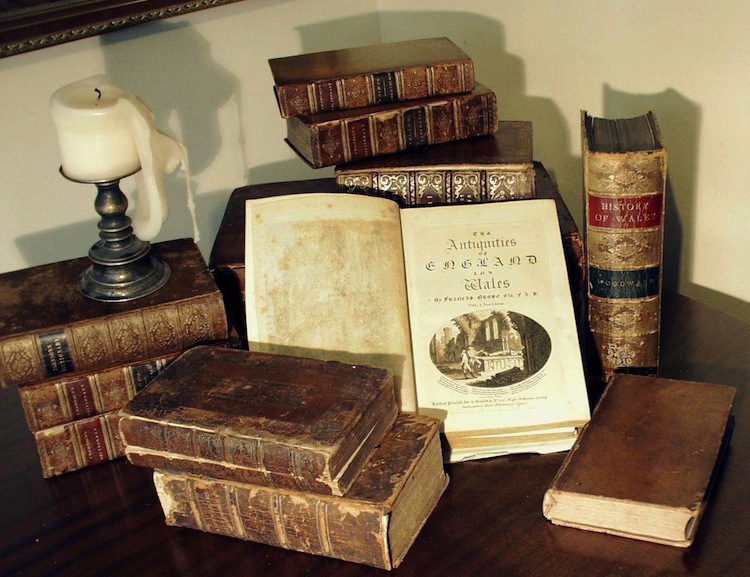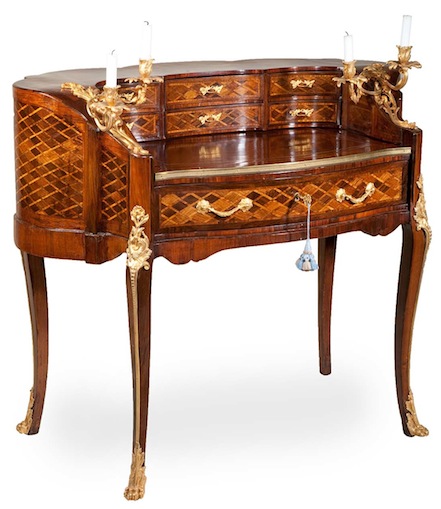Most dealers will agree that historically an antique is any crafted or manufactured item that is at least 100 years old. Collectibles are items less than 100 years old. Antiques generally are rare and worth a higher amount, while collectibles’ values are more speculative and can change at a moment’s notice.
Some dealers are attempting to lower the standard of an antique. They believe that items over 50 years old should be considered an antique. Those who are reputable antique dealers say the 50 years definition lowers the standard to a point that dealers can sell collectibles under the name of antiques.
However, it should be noted that antique or collectible has no real effect on the worth of an item. The price of an item is determined more by whether there is a demand for it. There are very rare antiques which are sold for much less than a newer collectible, but this is because there is no demand for the former and a high demand for the latter.
When it comes to purchasing items on the antique or collectible market, the buyer should do a lot of research before handing over any money. Flea markets with antique stands, antique shops, and antique malls are plentiful, so dealers have a lot of competition in stocking their shops. This can lead them to price their items much higher than their true value. Why buy an antique or a collectible for more than it is worth?
When comparing antiques with collectibles, antiques stand the test of time. Their value remains constant. Collectibles, however, are priced more on a whim and their long term value is highly speculative. Exercise caution when investing in collectibles as opposed to antiques. It is also based on fashion and media of the time.
Finding a definitive definition for both an antique and a collectible is not possible. Just what constitutes an antique and what constitutes a collectible is determined by each individual antique dealer. Many times, the dealers will give varied answers to the seemingly simple question, “What is a collectible and what is an antique?”




















